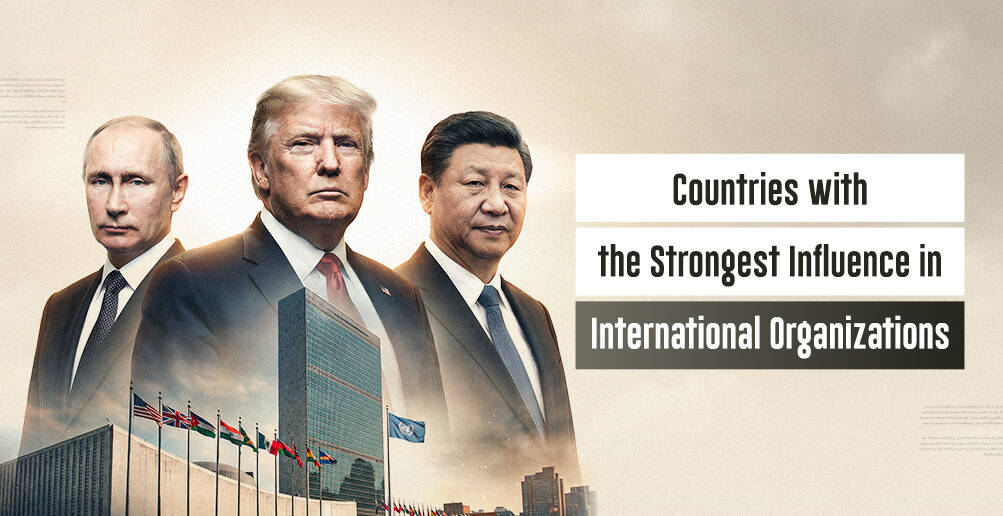Will Poland Become the Iron Western Line of Defense Against Russian Expansion?

Poland, a NATO member and a staunch ally of the United States, has been on a military spending spree in recent years, aiming to become the dominant force in Europe by the end of the decade.
The latest move in this ambitious plan is the purchase of hundreds of advanced rocket launchers from an American company, a deal that also includes the transfer of missile technology to Poland.
The Polish Defense Minister, Mariusz Blaszczak, announced in early September that his country had signed a contract to acquire 486 launch and loading units for the High Mobility Artillery Rocket System, or HIMARS, produced by Lockheed Martin.
HIMARS is considered one of the most advanced rocket artillery systems in the world.
For instance, Ukraine, which has been facing a Russian invasion since 2022, has only 18 HIMARS units, but they have proven to be very effective in repelling the Russian attack in Donbas and forcing Moscow to withdraw from Kherson.
According to Ukrainian sources, HIMARS has hit more than a hundred important Russian sites, disrupted the Russian supply lines, and destroyed the artillery forces stationed at a distance of about 50 kilometers behind the Russian lines.

Most Powerful Army
In November 2022, while the country was celebrating its independence from the Soviet Union, the Polish Prime Minister, Mateusz Morawiecki, said: “The Polish army must be so powerful that it does not have to fight due to its strength alone.”
He was referring to a plan that is underway to transform the Polish military into the number-one power in Europe by 2030.
To achieve this goal, Poland has announced that it will increase its military spending to 4% of its gross domestic product, a leap that some analysts consider risky for the Polish economy, and others deem necessary, especially with the high Polish economic growth compared to other European countries that faced major crises after the pandemic and the war.
Moreover, Poland’s need for security on the Ukrainian border is obvious, given the Russian aggression.
In fact, the European and even the global scene is changing in the context of the Russian invasion of Ukraine, and many countries such as Switzerland, Germany, Japan, and even New Zealand have changed their military doctrine to become more deterrent and defensive, and consequently more in need of developing their armed forces.
But Poland is going beyond that. The country spent 2.4% of its gross domestic product on the military in 2022, and in doing so, it was the third-highest spender among NATO countries, after Greece with 3.76% and the United States with 3.47%.
After this leap, Poland will undoubtedly become the first, and will remain in that position for a long time, especially since there is an intention among the Poles to increase military spending to 5% of the country’s gross domestic product in the next decade.

New Weapons
The country has recently announced or completed several deals to acquire state-of-the-art equipment from the United States and South Korea, aiming to enhance its defense capabilities and deter potential adversaries.
One of the key areas of focus is artillery, where Poland plans to obtain hundreds of new howitzers that can deliver devastating firepower and precision.
In a recent official statement, Blaszczak announced that Poland will receive about 600–700 units of the K9 Thunder, a 155 mm self-propelled howitzer developed by South Korea, under an agreement announced in March 2023.
The K9 Thunder is a highly mobile and versatile weapon system that can fire various types of ammunition, including high-explosive and cluster munitions, at a range of up to 40 km.
The howitzer is mounted on a tracked chassis that allows it to traverse rough terrain and maneuver effectively on the battlefield.
It also features advanced technologies such as digital fire control systems, navigation aids, and communication systems, making it one of the most reliable and widely exported artillery systems in the world.
Another area of interest is air superiority, where Poland intends to acquire 32 F-35A Lightning II fighters from the United States under a deal worth $4.6 billion.
Poland currently operates 48 F-16 fighters, but the Polish defense minister said that the Polish armed forces need at least two additional squadrons of multi-role fighters.
Poland’s ambitious military modernization program reflects its strategic vision and its commitment to its allies, especially NATO.
The country is seeking to bolster its deterrence and defense posture in the face of a complex and uncertain security environment where threats from Russia and other actors are constantly evolving.
By acquiring some of the most advanced and powerful weapons in the world, Poland is demonstrating its readiness and resolve to defend its sovereignty and interests, as well as to contribute to regional and global stability.

Europe’s Iron Defender
Previously, Poland suffered centuries of oppression, invasion, and partition but is now pursuing a massive military modernization program that could make it a formidable power in Europe.
With a budget of more than $130 billion, Poland plans to upgrade its army units with new tanks, helicopters, submarines, drones, and missile defense systems, among other equipment.
By comparison, France and Germany have only two armored brigades each, while Britain has one. Poland aims to have six such brigades, as well as a cyber command and a territorial defense force.
Poland’s military expansion is driven by several factors, but the most urgent one is the perceived threat from Russia, which annexed Crimea from Ukraine in 2014 and continues to support separatist rebels in the eastern part of the country while invading several regions.
The annexation of Crimea was a geopolitical shock for Europe, shifting the focus of NATO from the old Western allies to the new Eastern members, especially Poland and the Baltic States.
For its part, Poland, which shares a border with both Russia and Ukraine, sees itself as the frontline of defense against any Russian aggression.
Poland’s military ambitions are not limited to its own borders. It also seeks to strengthen its alliances and influence in the region, both within and outside the European Union.
The country is a member of the Visegrad Group, a cultural, political, and military alliance of four Central European countries: the Czech Republic, Hungary, Poland, and Slovakia.
The group aims to coordinate its policies and interests on various issues, such as energy, security, and migration.
Poland also participates in the Three Seas Initiative, a forum that includes 13 EU countries that stretch along the north-south axis from the Baltic Sea to the Adriatic Sea and the Black Sea in Central and Eastern Europe.
Poland views the initiative as a political organization and not just an economic forum, and hopes it will be a unified bloc for Central and Eastern European countries that can counterbalance Russia’s influence.










